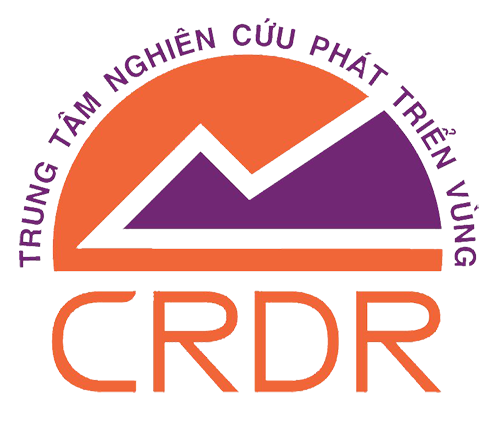Healthcare professionals may prescribe ketamine for anxiety “off label.” This is called ketamine intravenous therapy (KIT). Off-label is where a healthcare professional prescribes a drug for a purpose other than it’s FDA approval. Researchers are still investigating exactly how ketamine works on the brain. However, it appears to affect multiple brain pathways, chemical messengers, and receptors. It can also make people feel detached from their surroundings and pain and produce some hallucinogenic effects. These change a person’s perceptions, as well as make them feel disconnected and not in control.

Results from several recent clinical trials indicate promise.
Research in 2017 notes that some studies indicate ketamine can quickly relieve depression in people who do not respond well to other treatment. Keep reading to learn more about the uses, side effects, and risks of ketamine, as well as its interactions with alcohol and other drugs. If a patient hasn’t responded to traditional antidepressants, this doesn’t mean they won’t respond to ketamine. In fact, research has shown that 70% of patients who have not responded to previous trials of antidepressants will respond to ketamine. Compared to other antidepressants, ketamine has a unique mechanism of action.
- It is particularly challenging to blind participants to treatment group assignment in a study of a mind-altering substance, like ketamine, because people know they are getting a placebo if they don’t feel a change.
- It also affects various areas of the brain, giving it hallucinogenic or dissociative properties.
- Ketamine is approved for use at high doses as an anesthetic in the operating room.
- If you think you may have a ketamine addiction, reaching out for help is not a weakness.
- It tends to cause a wide variety of effects relating to almost every area of the body.
- Six ongoing studies were identified through clinical trials.gov that are evaluating the use of ketamine in the treatment of SUDs (see Table Table1).1).
Obsessive-compulsive disorder
The potential for mystical experiences to produce rapid, profound, and sustained changes in insight, mood, behavior, and consciousness was recognized and first used by indigenous cultures in shamanic and other healing rituals. Psychedelic-assisted therapies for treating behavioral health disorders was studied extensively and safely in approximately 40,000 patients in North America in the 1950s and 1960s. In preparing to provide ketamine therapy, I am addressing the frequently asked questions about the benefits, use in mental health, and treatment plans available. Ketamine treatments result in neurogenesis and neuroplasticity in our brains for about 72 hours. We know that in rodent studies, ketamine can cause the brain to grow new nerve cells and can make existing nerve cells sprout new connections between each other. It is thought that the creation of new cells and strengthening of nerve pathways may be correlated with new learning.

Efficacy of Ketamine in the Treatment of Substance Use Disorders: A Systematic Review
- Other reports claim it can also be effective for non-drug addictions and other mental illnesses.
- In fact, we may combine generic dextromethorphan with alternative antidepressants if a patient doesn’t tolerate Wellbutrin due to side effects or allergies.
- One review56 and two meta-analyses57,58 focused exclusively on bipolar disorder, whereas the remaining 14 also reviewed unipolar depression.
- It can feel like a miracle when this negative thinking, which may feel like it’s going in torturous loops, is decreased.
- Their results showed that ketamine could suppress physiologic response to opiate withdrawal.
- The early research suggested that ketamine could have an effect within just a few hours.
Similarly, depression has been shown to have aberrant glutamate signaling (10–12). Ketamine is a potent, non-competitive NMDA receptor antagonist which has been widely used in conjunction with general anesthesia following ketamine addiction FDA approval in the U.S. in 1970. More recently, ketamine has been shown in two meta-analyses to induce ultra-rapid remission of severe depression and suicidal ideation using sub-anesthetic dosages (13–15).
Barriers to Esketamine Nasal Spray Treatment Among Adults With Treatment-Resistant Depression
Usually ketamine treatment includes one or a few in-clinic ketamine dosing sessions under clinician supervision integrated with preparatory and integration counseling. It is important to distinguish between the valid medical uses and the nonmedical uses of the drug. Although people with certain heart conditions should not take ketamine, https://ecosoberhouse.com/ it is generally safe when a trained professional administers it in clinical settings. A 2016 study cautions that the inappropriate use of ketamine is a worldwide health problem due to its hallucinogenic properties. With this in mind, they urge doctors to prescribe standard antidepressants before trying ketamine for depression.
Matthew Perry’s Overdose: Will It “Villainize” Ketamine Treatment? – Hollywood Reporter
Matthew Perry’s Overdose: Will It “Villainize” Ketamine Treatment?.
Posted: Wed, 20 Dec 2023 08:00:00 GMT [source]

